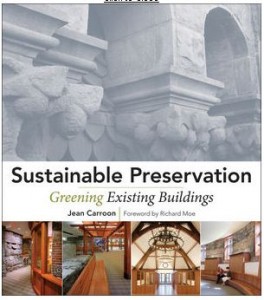| All but one of the bills seeking to protect Virginians’ jobs from outside sources were voted down in committee Thursday night, Jan. 25. But the bills concerning eminent domain still remain.The VSAIA and representatives of several other business organizations have scheduled a tentative meeting with Lt. Gov. Bill Bolling for Monday morning. Our complaint with the constitutional amendment and those bills seeking to modify the amendment is the uncertainty that they engender.Virginia’s eminent domain law worked well for many years. And in reaction to the 2005 decision by the U.S. Supreme Court in Kelo v. City of New London, Virginia legislators in 2007 revised existing law. This law appeared to respond to the inequities revealed in Kelo. But in the 2011 session, legislators believed a constitutional amendment was necessary.
The amendment, which must pass two consecutive sessions of the General Assembly and be approved by the voters, and the 2012 pending legislation make it impossible to advise architects’ clients on the probable cost and time requirement for their potential projects. Or even to suggest that one site might be better than two or three others being considered. The members of the Joint Legislative Committee (JLC) – representing of the VSAIA, the Virginia Association of Professional Engineers, and the American Council of Engineering Companies/Virginia – believe these legislative measures go too far. Some of this year’s legislation inserts provisions that would compensate land owners for “lost access and lost profits.” These and other provisions make the construction projects less certain and more expensive, the JLC members believe. The protectionism bills did not attempt to adjust the existing language that allows Virginia state agencies and localities to mimic the procedures adopted by neighboring states. For example, protectionist language that exists in North Carolina law will be used against North Carolina vendors who wish to conduct business in Virginia. The JLC also opposes a bill to require localities to use the e-Virginia (eVA) site to advertise their upcoming projects. Currently, localities must advertise in a “newspaper of general circulation in the area in which the contract is to be performed.” Architects on the JLC complained about eVA’s performance and the quality of projects generated. Within the myriad bills and interests represented in those bills lie a few measures that the VSAIA will support. The VSAIA will support the high-performance buildings bills introduced by Del. Chris Jones and Sen. Chapman Petersen (HB 1167 and SB 160) and three bills that support procedures already being conducted by the Board for Architects, Professional Engineers, Land Surveyors, Certified Interior Designers and Landscape Architects (HB 390, HB 937, and HB 938). Architects representing the VSAIA on the JLC committee are David Puckett, AIA, and William Evans, AIA. The committee meets weekly during the session to work with our legislative counsel Reggie Jones and Patrick Cushing, both of Williams Mullen. Practice HB 5, HB 597, HB 1145, HJ 3, SB 240, SJ 3, SJ 67, and SJ 117
Committees reviewing these bills killed most of them January 25
Amend: Bill would provide tax incentives for large firms hiring SWAM businesses. JLC would delete a provision to narrow the “small” definition to those only in underutilized business zones.
Oppose: Quality of e-Virginia’s product for architects does not match that found in print media.
Regulation Support: Would require General Assembly to receive study from DPOR prior to considering regulating any profession. Would expedite licenses for qualified spouses of military personnel (APELSCIDLA does this for all applicants already). Would accept qualified military experience in consideration of licensure by comity (APELSCIDLA does this for all applicants already).
Energy Support: Would establish specific energy criteria continually updated by Department of General Services and based upon LEED, Green Globes, and other standards.
Support: Would require the Virginia Department of General Services to audit all state-owned buildings 50,000 s.f. or larger to determine their energy footprint and to update that analysis annually. |




